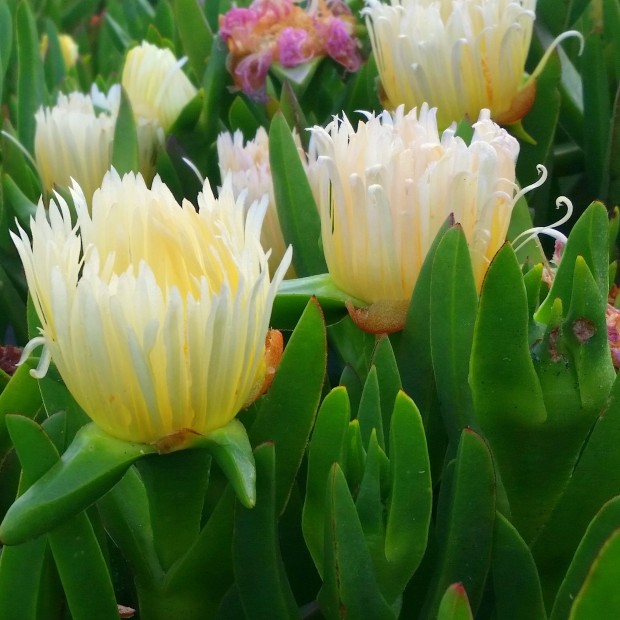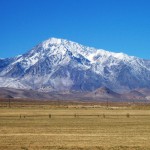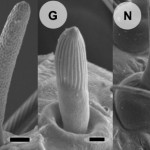
From Sonoma to San Diego, a dense spread of fleshy green leaves mats the California coastline. The pink and yellow blooms brighten grey beaches, and speckle sunny sands as frequently as people and gulls do. They’re pretty, pervasive – and alien.
Ice plant, known to scientists as Carpobrotus edulis, is a succulent native to South Africa. Over the years, nurseries across the world sold the plant as easy-to-grow ornamental ground cover. It’s also tough to kill. Ice plant loves the sun, needs little water and thrives even in poor soil. A fragment of the plant is all that’s needed to start a new one. And left to itself, a patch of ice plant can spread up to 5 square feet in the course of a year.
In California, the plant has spread from gardens and roadsides, where it was planted by the California Department of Transportation, to take over the coasts. Some sources suggest the invasion began in the early 1900s, while others think it might have been nearly four centuries earlier. Now, it is almost everywhere. As it edges native plants and grasses off beaches, seabirds lose nesting areas. Black rats, which use ice plant as both food and shelter, gain new ground.
 “There are a lot of ornamental plant species that have subsequently become major invaders, and that’s a common way exotic species become problematic,” says Hall Cushman, biologist at Sonoma State University. “You can still find ice plants in stores.”
“There are a lot of ornamental plant species that have subsequently become major invaders, and that’s a common way exotic species become problematic,” says Hall Cushman, biologist at Sonoma State University. “You can still find ice plants in stores.”
A recent paper from Cushman’s lab also suggests that where it roots, ice plant makes long-term changes to the soil. On the dunes of Bodega Head in Sonoma County, north of San Francisco, researchers found that when ice plant was removed, both native and exotic plant species returned. But native plants were less abundant, while exotic grasses proliferated more. In areas where ice plant had been removed, some annual grass seeds also found it more difficult to germinate and grow. Previous studies have found similar results in the Mediterranean basin, where the seeds of annual plants struggle to grow through the dense mats of ice plant.
The greater success of exotic species rather than native plants may be transient, and eventually reduce as the ecosystem stays ice plant- free, the authors suggest. Such “legacy effects” are key to understanding how invasive species like ice plant have changed ecosystems. But they’re just as important to understanding whether restoration efforts will change the now-familiar face of our coasts.







Comments are closed.